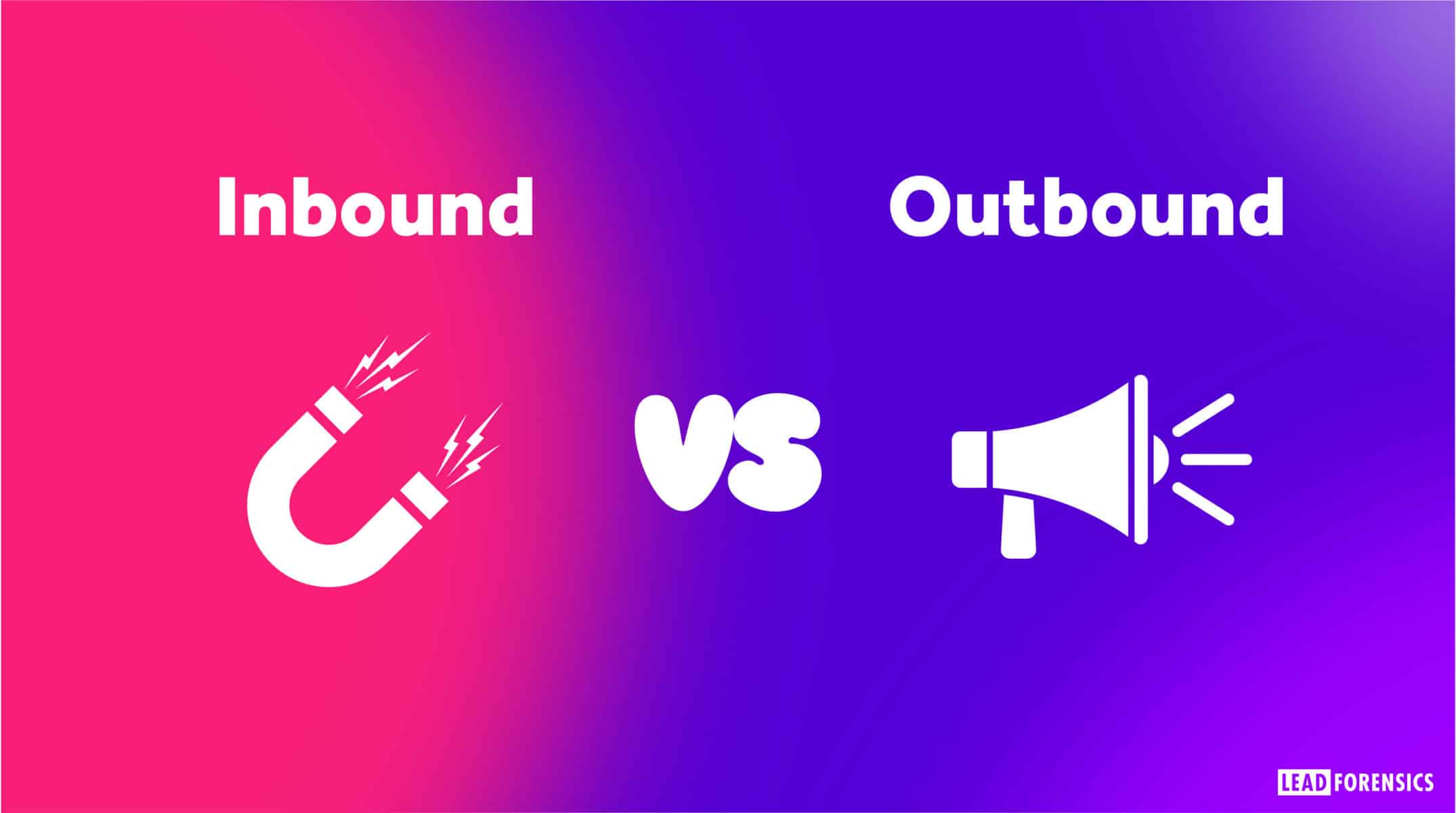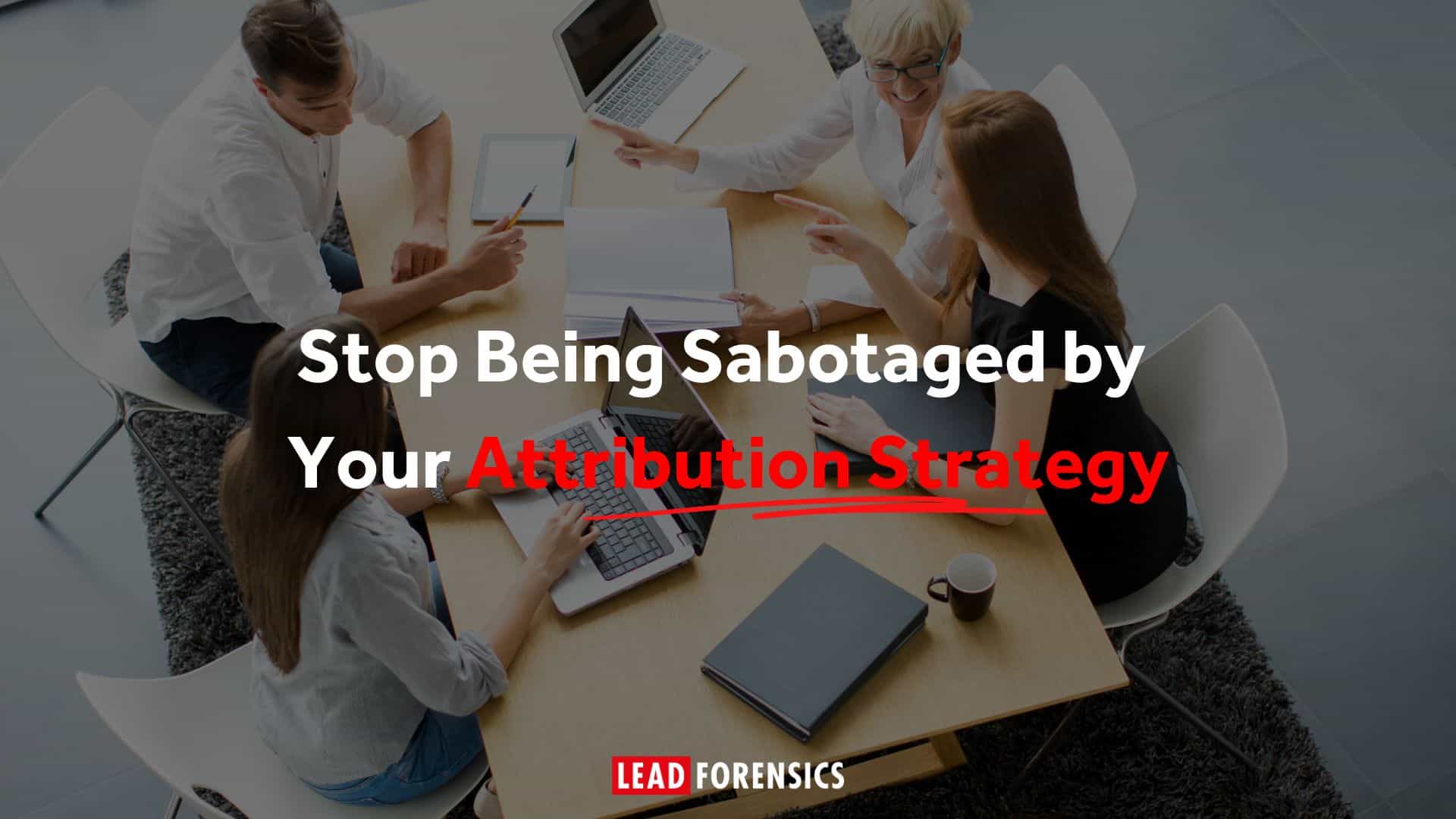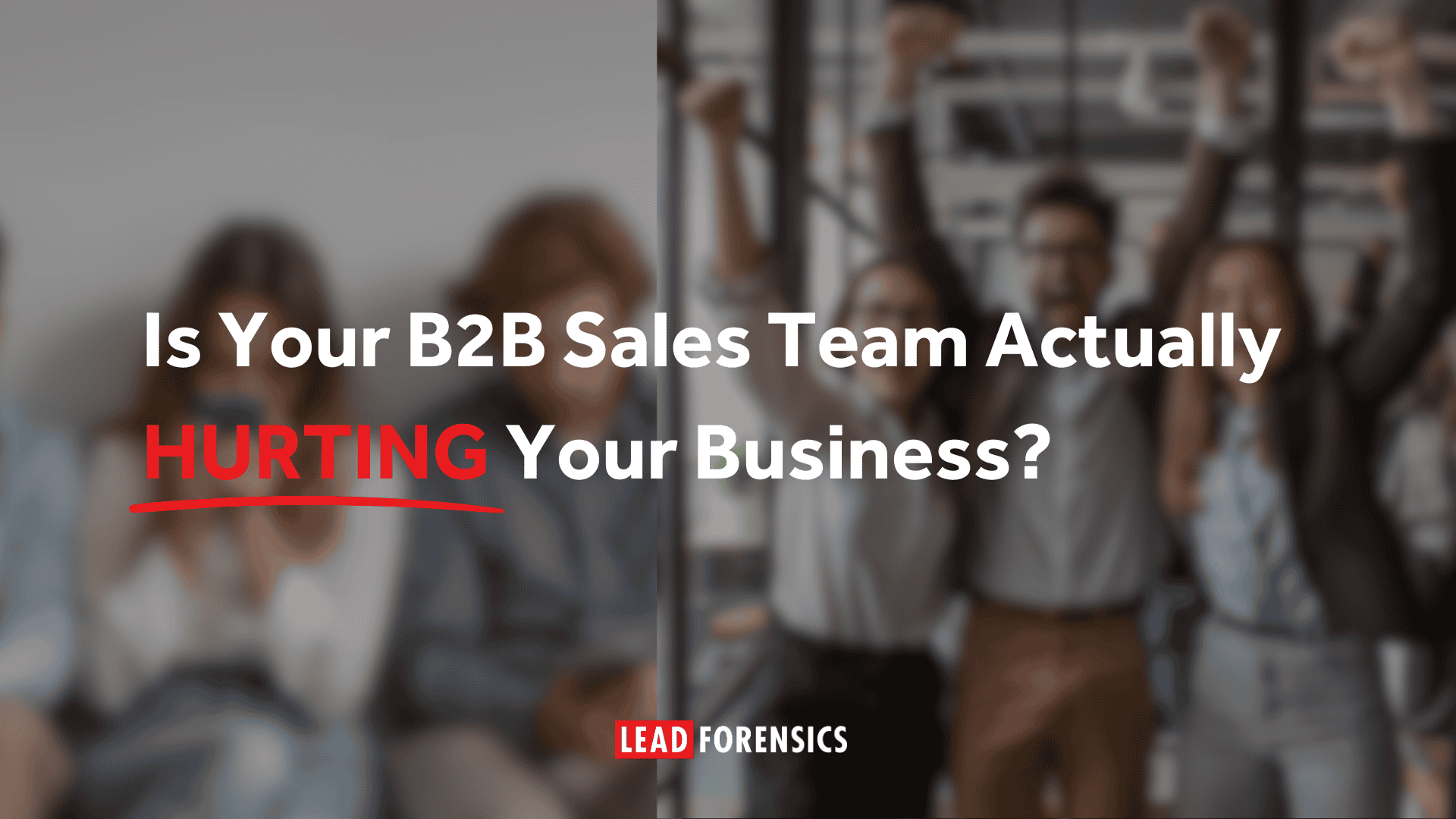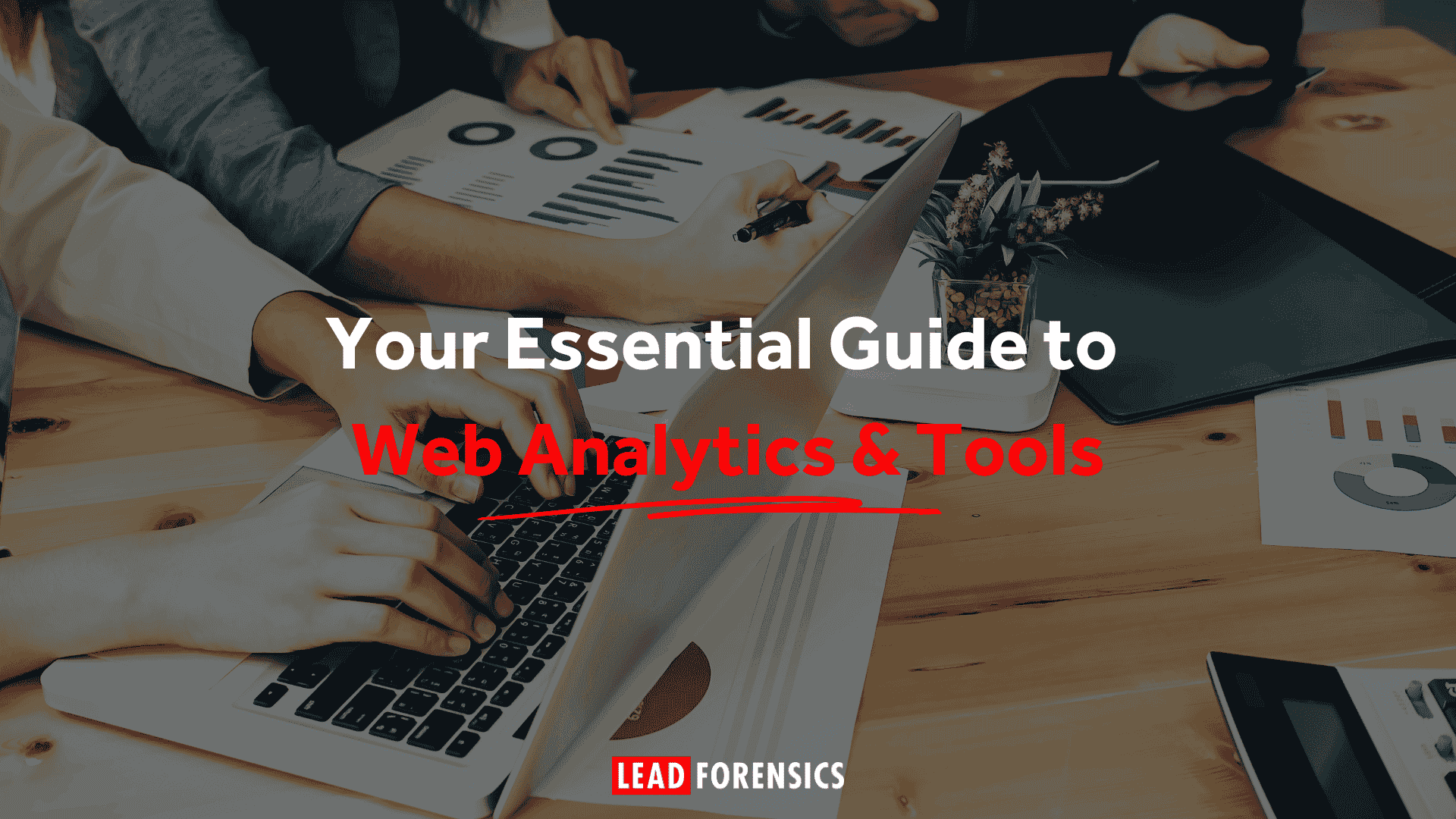Definitions and differences
Simply put, an inbound approach brings leads in, an outbound approach goes out to find them.
Inbound lead generation encourages leads to inquire with your business of their own accord, welcoming them in with a website, blogs, content or social media. An almost entirely digital approach, inbound lead generation places a trail of information about your brand and product on certain platforms, leading prospects to identify a need for your services and take the appropriate action.
Outbound lead generation takes your brand to prospects through a phone call, direct mail shot or event. Speaking directly to decision makers, leads are generated through targeted outreach and impactful advertising.
Where inbound focuses on a softer approach, nurturing prospects towards your brand, outbound is loud and proud, working hard to share your brand message and help prospects understand why they need your services.
These two are approaches are almost perfect opposites, though some marketing channels sit harmoniously between them. PPC for example, uses outbound targeted advertising to display relevant adverts to those searching appropriate keywords, but the prospect still has control over whether they interact with the campaign, like many inbound approaches.
Understanding how these approaches work to deliver high-quality new business leads means we’re perfectly poised to see how they compare; what benefits and pitfalls do they bring to lead generation strategies?

Pros and cons of inbound marketing
A recent study discovered that 68% of marketers believed their inbound approaches were effective in producing the desired result, however only 48% believed the same of outbound approaches. This isn’t to say outbound is ineffective, but it appears inbound provides a more reliable lead generation approach.
Pros:
Inbound marketing approaches are more cost effective, as they aren’t as targeted or data reliant as outbound. This means their ROI is vastly more positive, 46% of marketers see inbound approaches provide a healthy ROI, where outbound is only successful 12% of the time.
As inbound approaches are rich in their content and powerful with their message, they perfectly establish your brand as industry experts. Raising brand awareness through inbound approaches heightens your business profile and produces leads who already see you team as the authority.
When nurturing prospects with regular online content, you produce leads of higher-quality, who will spend an average of 47% more on your product. Inbound approaches perfectly position your valuable content to nurture engaged prospects, improving lead generation success.
Inbound approaches let prospects inquire when they’re ready, in a non-invasive manor. This ensures your brand is viewed in a positive light, and you generate leads aware of how they want to use your product.
Cons:
Creating relevant and engaging content to continually run a powerful inbound strategy can be time consuming for your team. Leads can also take a little longer to start coming into your business; as each prospect will choose when they’re ready to inquire, you have little control over precisely when you’ll gain the leads you want.
As an inbound approach is focused online, you’ll need an outstanding website to ensure success. From properly optimizing SEO and ranking to featuring continually targeted content, you’ll need to spend additional time properly managing your website alongside inbound lead generation tactics.
Your inbound marketing approaches will almost always be at risk from your competitors, with their website outranking yours on specific keywords, or their social media platforms generating more followers. Though you want to leave a trial for prospects to follow and discover your brand, your competitors will be keen to distract their inbound marketing journey.
Managing inbound approaches such as SEO and content creation requires specialist skills you may struggle for when recruiting. Organizations with smaller marketing teams may find difficulty in filling these niche positions, causing them to outsource skills and drive the cost of inbound approaches up.
Pros and cons of outbound marketing
As inbound marketing approaches are only discovered by those searching for a solution or brand similar to yours, there may a whole audience you’re failing to reach. Outbound marketing approaches help your team reach out to those who may have no idea they need your product just yet; your call or advert may be exactly what they need to identify a problem to which you offer a solution.
Pros:
As outbound approaches often target specific data sets, you have more control over who hears about your brand and which business leads are passed onto your sales team. Inbound approaches don’t offer your team this high control over leads generated.
Instead of waiting for businesses to approach your team, outbound approaches reach out and bring businesses in, meaning they’re less likely to have started researching your competitors. 70% buy from the fist businesses they engage with, and outbound marketing helps you get there first.
Outbound approaches like LinkedIn, direct mail or email are sparked by carefully controlled and planned campaigns, helping your team better understand when a large influx of leads can be expected, making it easier to plan lead generation targets.
Cons:
Cost: Outbound marketing can be more expensive than inbound. Whether it’s purchasing data lists, investing in advertising space, or the manpower required for cold calling, the costs can add up quickly. This can lead to a lower ROI if not executed effectively.
Perception: Outbound marketing methods, especially cold calls or unsolicited emails, can sometimes be perceived as intrusive or spammy. This can lead to a negative brand perception if not done tactfully.
Short-lived: The effects of outbound marketing campaigns can be short-lived. Once an advertising campaign ends or a direct mail is sent out, its impact diminishes unless followed up effectively.
Regulations: There are many regulations around outbound marketing, especially telemarketing and email marketing. Not adhering to these can lead to hefty fines and a tarnished brand reputation.
Conversion Rates: Typically, outbound marketing has lower conversion rates compared to inbound. This is because you’re reaching out to a broader audience, many of whom might not be interested in your product or service.
Working together
While both inbound and outbound marketing have their strengths and weaknesses, the most effective lead generation strategies often involve a mix of both. Here’s why:
Comprehensive Reach: While inbound is great for attracting those already interested in your product or service, outbound ensures you’re also reaching potential customers who might not know they need you yet.
Balanced Growth: Relying solely on one method can lead to stagnation. By diversifying your lead generation strategies, you ensure a more steady and predictable growth.
Brand Consistency: Using both methods allows you to maintain a consistent brand message across various channels, ensuring that whether a lead finds you through a blog post or a direct mail, they’re getting the same information and impression about your brand.
Feedback Loop: Outbound marketing can provide immediate feedback. If a particular message isn’t resonating with your audience, you’ll know quickly and can adjust. This feedback can then inform your inbound strategies, making them more effective.
Flexibility: Market conditions change. Having a balanced approach means you can shift your focus between inbound and outbound based on what’s most effective at any given time.
In conclusion, while the debate between inbound and outbound lead generation continues, the most successful businesses recognize the value in both. By understanding the pros and cons of each and integrating them into a cohesive strategy, businesses can maximize their lead generation efforts and continue to grow in a competitive market.
How Lead Forensics can help
Inbound: For businesses investing heavily in content marketing, SEO, and other inbound strategies, Lead Forensics can supercharge their efforts by identifying businesses that are already engaged and showing interest, even if they haven’t taken the step to make direct contact.
Outbound: For outbound strategies, the lead generation tool offers a way to gauge the effectiveness of campaigns. If a business you’ve reached out to via email or advertising subsequently visits your site, you’ll know your message resonated.
Whether you’re diving deep into inbound marketing or crafting the perfect outbound campaign, Lead Forensics ensures no lead goes unnoticed.
Ready to revolutionize your lead generation? Get a Demo and see the magic for yourself!







